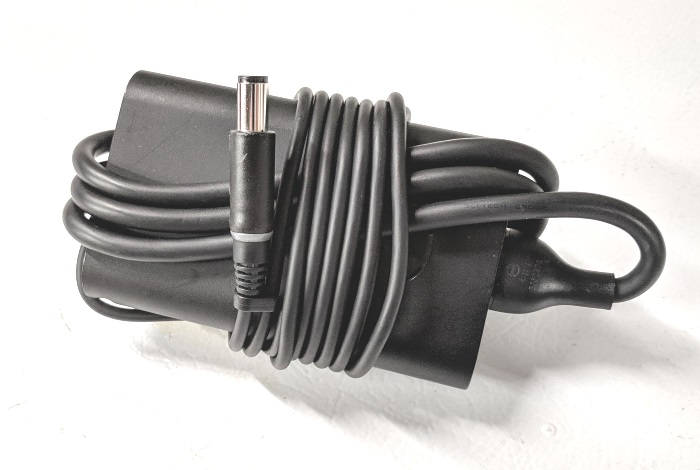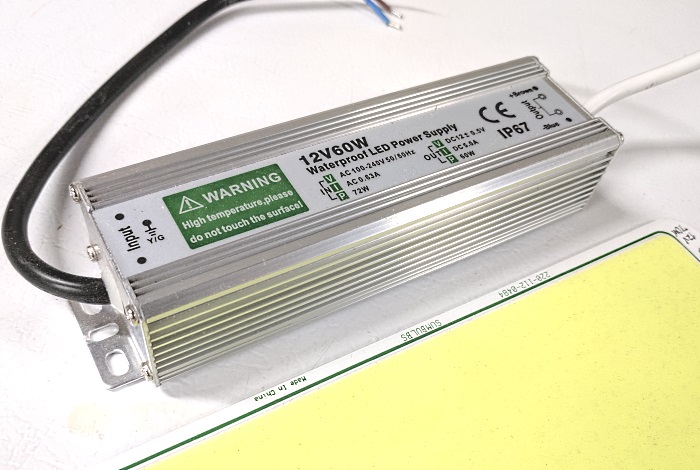or, How to Understand and Apply Circuit Protective Devices
A lingering quesiton about self-contained power supplies needs to be addressed. Devices such as plug-packs and cord-connected power bricks are commonly used with commercial electronics and easily adapt to DIY projects such as LED lighting, preampfliers, headphone amps, and small control circuits. The supply is typically designed as double-insulated equipment and the electrical output should be nearly as safe as a stack of alkaline battery cells. If a project uses one of these self-contained supplies, is that sufficient circuit protection?
The answer is usually "yes," with a "but." The "yes" is that these supplies, when correctly designed to standard regulatory requirements such as those enforced by the UL and IEC, are internally protected against internal and external failures. Modern switching-types will often detect an output fault and shut down until power is disconnected, then restart normally. Older switching and linear types may simply fail and leave behind an acrid odor, but should otherwise die gracefully. Either way, galvanic isolation is maintained between source and load, and the source will not continue supplying power into a severe fault.

Figure 16. Laptop power supply from a known-reliable vendor.
The "but" is that only devices that actually meet regulatory certifications can be trusted. The ongoing frontier state of Chinese industry, and innovations in direct mail-order, have flooded the global electronics market with off-label and imitation products that may or may not include appropriate design and safety features. A regulatory approvals label, if even included, is sometimes a work of creative fiction.

Figure 17. Direct-from China LED driver, design quality unknown.
Figures 16 and 17 are examples of switchmode power supplies with similar power outputs (65W and 50W, respectively). Both were made in China. From the outside both feel solid, but the innards are invisible. Since the first supply is sold by a Tier 1 PC vendor, we can reasonable assume it is correctly designed and certified. The quality of the LED driver, on the other hand, is anyone's guess. There are three supply wires in IEC-standard colors, but the safety-ground has no continuity to the aluminum chassis, so the user could be in for a bad day if this unit ever failed catastrophically.
Ultimately, good judgment has to be applied: what are the consequences if the project faults and the power supply does not respond in a safe way? In general, it never hurts to include at least one appropriately sized power supply fuse as a last resort, even if the upstream equipment is supposedly self-protected.
CONCLUSION
What can we gather from all this?
1. Fuses and circuit breakers should be selected carefully. Each unique type has its own personality and specifications do matter. The protective device may be the only thing standing between the user and a serious electrical shock or fire, so the added time investment for research and calculations is well worth the trouble.
2. A safety factor of 2.0 must be applied to a protective device current rating. It should be assumed, unless a spec sheet or repeat bench testing proves otherwise, that a clean trip will only occur when twice the rated current is flowing. If for any reason twice the current cannot possibly flow, then the fuse or circuit breaker probably won't work as intended.
3. Transformers both limit the fault current and convert it across the winding ratio. If actual impedance data cannot be obtained, it is reasonable to assume a conservative short circuit voltage around 10% of nominal volts, and calculate circuit protection accordingly. The transformer's effect should never be ignored, and sensitive low-side devices should be protected independently from the high-side fuse.
Finally: Circuit Breaker, or Fuse? A dizzying array of both device types are available and the hobbyist needs to pick one. We have previously identified some considerations and can summarize our key points here.
First, does this equipment have temporary fault modes, and should the user have access to the protective device? If the answer to both is "yes," a circuit breaker is a logical choice and an accessible fuse holder is a close second. Panel-mount fuses were popular in the past but have been gradually replaced by IEC-type inlets where the power plug must be removed before the fuse door can be accessed. Interlocks of this kind are a good safety measure to include, when possible. If the unit does not have temporary fault modes, a circuit breaker is usually a pointless cost adder. An internal fuse, accessible only to a technician, is more practical.
Second, does the equipment have failure modes that require fairly precise tripping behavior? If so, then a circuit breaker can be selected with greater precision than a fuse.
Summarily, fuses and other protective devices sometimes seem like black boxes to hobbyists. Fortunately, there is no reason for them to be, and this article hopeful de-mystifies the suject somewhat. With a little forethought and a bit of number-crunching, a DIY project's circuit protection can be designed for reasonable safety. §
aaronv dot net -at- gmail dot com